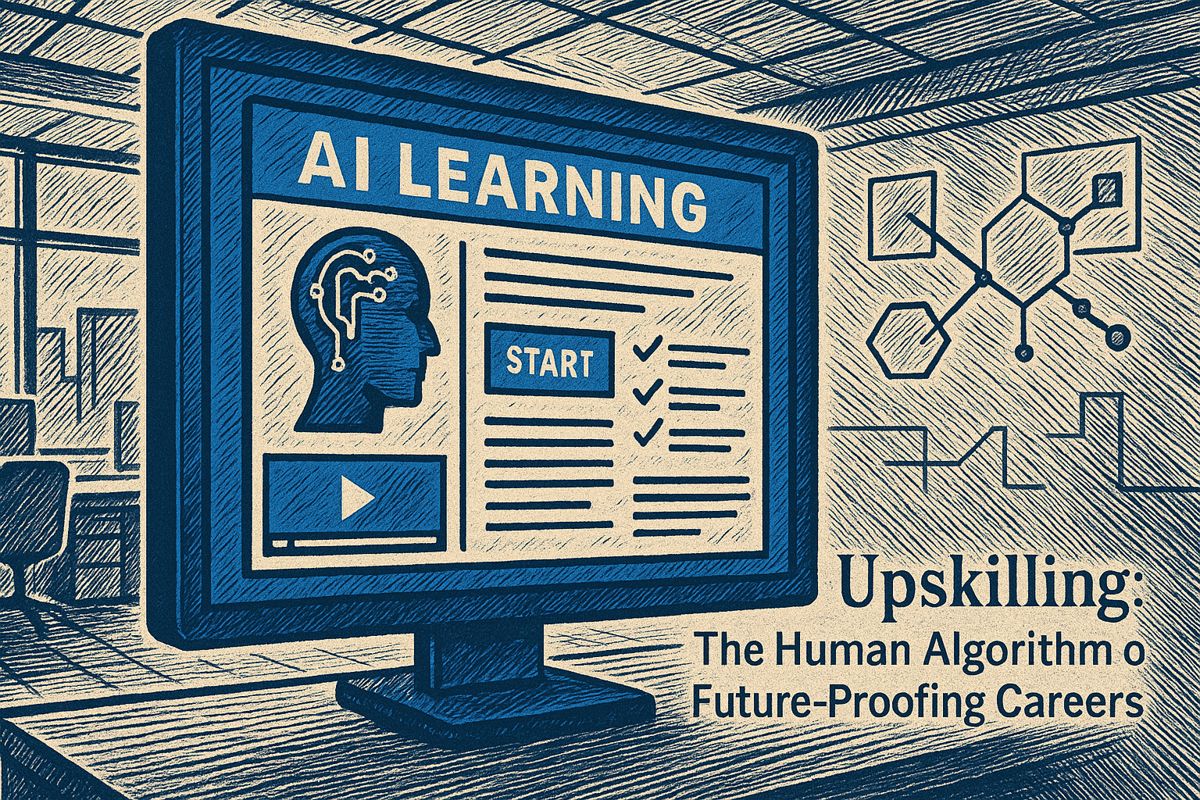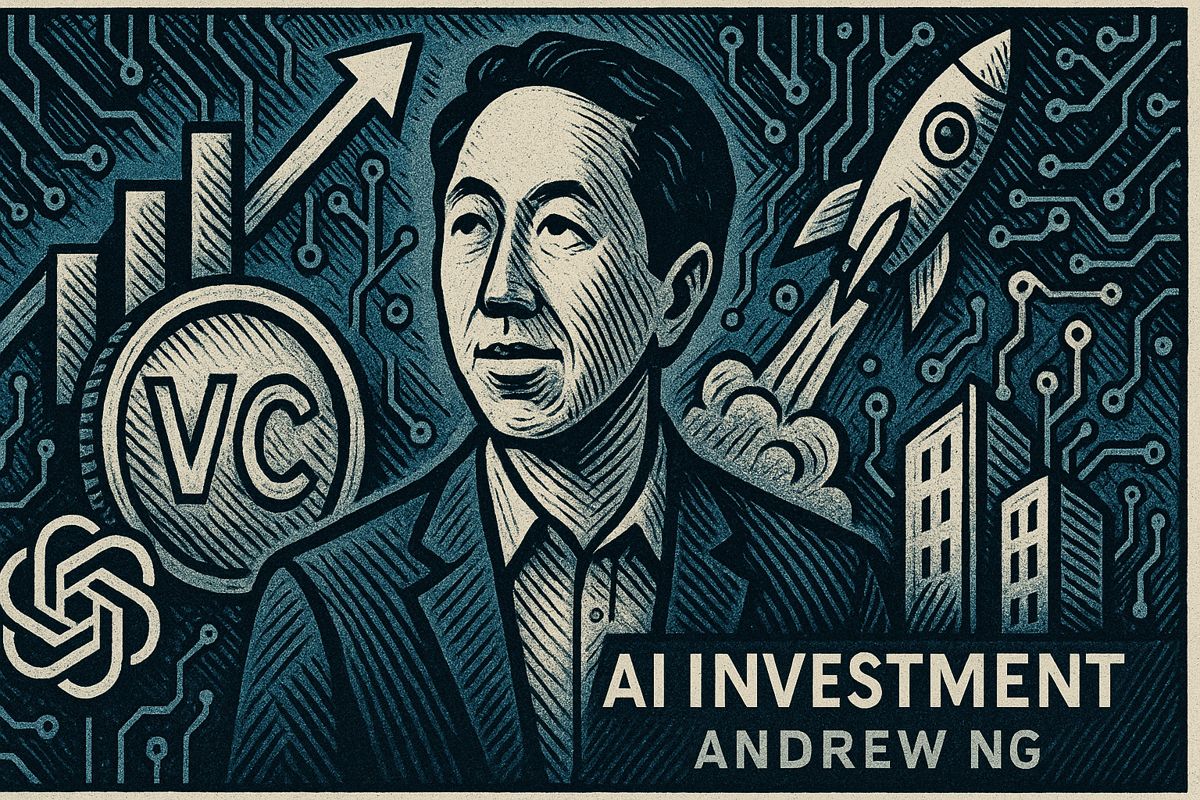The new Unreal Engine 5.7 AI Assistant is a major quality-of-life upgrade, engineered to reduce time spent searching documentation and validate development best practices in real time. Early user feedback indicates the chat-style panel capably handles queries from Blueprint syntax to asset import errors. By referencing indexed engine documentation, it provides code snippets and step-by-step instructions that can be implemented directly into a project. Epic Games has confirmed the model operates locally, ensuring all proprietary build data remains secure.
This feature aligns with broad industry trends. A recent Google Cloud survey found that 90 percent of game developers already use some form of AI, with 95 percent confirming it reduces repetitive tasks Google Cloud research. The UE 5.7 assistant directly addresses this by minimizing the friction between a developer’s question and a functional answer within the creative workflow.
How the Assistant Improves Day-to-Day Workflows
The Unreal Engine 5.7 AI Assistant is an integrated, chat-style tool that provides contextual help directly within the editor. It accelerates development by generating code, explaining errors, suggesting optimal settings, and answering workflow questions without forcing developers to switch context and leave the engine.
- Generates Blueprint or C++ snippets that follow Epic coding standards.
- Explains obscure editor warnings in plain language.
- Suggests optimal Nanite or Lumen settings based on current level stats.
- Creates starter PCG graphs that artists can tweak without code.
- Surfaces links to deeper docs when advanced detail is required.
For creating large-scale worlds, the assistant can be paired with the production-ready Procedural Content Generation (PCG) framework. Using the PCG Editor Mode, teams can accelerate environment layout by painting points or drawing splines that directly manipulate PCG graphs. When questions arise, the assistant suggests node chains compliant with performance guidance from the official release notes.
“It feels like standing next to a senior engineer who never gets tired,” wrote one forum tester after the public release.
Beyond Q&A: Automation and Learning Curve
Beyond simple Q&A, the model automates repetitive tasks like batch renaming assets, wiring input actions, or generating placeholder materials with Substrate presets. Teams integrating the assistant into code reviews report individual throughput gains of 20-40%, mirroring results from broader AI coding studies.
The tool also accelerates the learning curve for newcomers. By providing targeted advice for specific problems, such as fixing a twisted MetaHuman rig, it shortens onboarding time and makes Unreal Engine’s sophisticated toolset more accessible.
Competitive Landscape in 2025
Compared to competitors, UE 5.7’s integrated approach stands out. While Unity developers utilize external tools like GitHub Copilot and the ML-Agents toolkit, the Unreal assistant operates directly inside the viewport, aligning with a visual, artist-centric workflow. In 2025, Unreal Engine continues to lead AAA development with its built-in behavior trees and Havok AI, whereas Unity maintains a strong position for 2D and mobile projects.
Looking Ahead
Epic Games plans to iteratively tune the assistant using anonymized prompt telemetry. This initiative is part of a wider industry movement toward context-aware AI helpers designed to eliminate tedious tasks, freeing up creators to focus more time on crucial aspects like game-feel and polish.
What exactly does the in-engine AI Assistant do inside Unreal Engine 5.7?
The AI Assistant is a context-aware tool integrated directly into the Unreal Editor. It processes natural-language questions to provide answers, explain node setups, suggest optimal settings for lighting or materials, and auto-generate Blueprint logic. By operating within the viewport, it eliminates the need to switch to external documentation, significantly reducing solution-finding time.
How big is the measurable productivity gain for teams that turn the assistant on?
Recent industry data indicates that 84.5% of studios using an in-engine AI assistant report measurable productivity gains, with 35.6% describing the increase as “significant.” Individual developers using UE 5.7’s coding assistants can see output increases of 20-40%. Achieving company-wide gains, however, requires adapting production pipelines to effectively integrate AI-generated content.
Does the assistant replace the need to learn Unreal’s traditional AI systems such as behavior trees?
No, the assistant augments traditional AI systems rather than replacing them. It serves as an excellent learning aid, but Unreal’s production-ready behavior trees, blackboards, and Environment Query System (EQS) remain the core runtime tools for creating sophisticated NPC logic. The assistant acts as an on-ramp, capable of generating a starter Blueprint for a task that developers can then extend using classic tools.
How does Unreal’s approach compare with Unity’s AI toolset in 2025?
While Unity provides powerful tools like ML-Agents and supports third-party plugins, its native AI integration is less comprehensive than Unreal’s. Unreal Engine ships with a fully integrated in-engine assistant, Havok-ready pathfinding, and a complete behavior tree system out of the box, solidifying its position as the preferred engine for AAA teams requiring complex AI and high-fidelity visuals from the start.
Will the assistant keep my project data private?
Yes. Epic Games has confirmed the assistant runs locally within the editor process. Your prompts and project data remain on your workstation unless you explicitly choose to share them, for example, when submitting a bug report. The feature can be run offline, and no telemetry is mandatory, ensuring sensitive project data remains secure under NDAs or other confidentiality agreements.



















